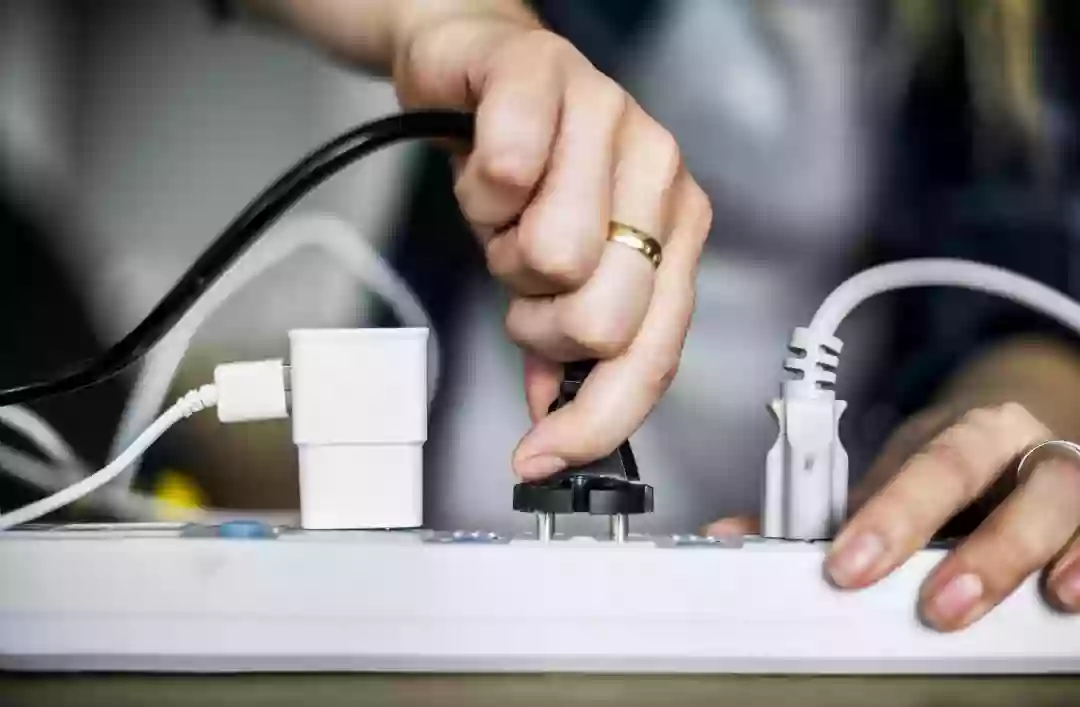What Are Faults And Effects In Power Systems?
Faults and effects in power systems refer to the various types of faults that occur within electrical systems and the results of these faults. Electrical faults can be divided into short circuits, open circuits, ground faults, earth faults, arcs, and some other special faults. The effects of these faults can range from minor equipment damage and loss of power to complete system failures and injury or even death. It is important to identify and remedy any faults and effects in power systems quickly and safely to avoid serious damage.
Any abnormal electric current in an electric power system is referred to as a fault or fault current. A short circuit, for instance, occurs when a live wire meets a neutral or ground wire. When a circuit is broken due to a blown fuse or circuit breaker, a current-carrying wire (phase or neutral) failure, or both, an open-circuit problem occurs. A defect in a three-phase system can affect one or more phases, ground, or merely the connections between the phases.
Types Of Faults
There are several different types of faults that can occur in a power system, including short circuits, open circuits, ground faults, earth faults, arcs, and some other special faults. Short circuits are the most common type of fault, occurring when two wires with opposite electrical charges come into contact with each other. They can cause power surges and equipment damage. Open circuits happen when a wire is broken or disconnected, causing the associated circuit to become inactive.
Ground faults occur when a live wire touches an unintended current-bearing surface, such as the ground. Earth faults are similar, but involve a live conductor that touches an earth conductor. Arcs occur when a spark jumps from one energized conductor to another, usually due to an insulation breakdown. Lastly, there are some other special faults, such as human errors and environmental conditions, which can cause a variety of issues.

Need assistance finding electrical inspections near you?
Get a QuoteSymmetrical Faults
Symmetrical faults involve two active conductors coming into contact with each other. This is the most common type of fault in power systems and can be caused by a variety of issues, such as loose connections, lightning strikes, worn wiring, and insulation breakdowns. These faults typically result in high fault currents that can cause equipment damage and system outages. Symmetrical faults should be identified and remedied as quickly as possible to prevent further damage and costly repairs.
A balanced or symmetric defect has an equal impact on all phases. About 5% of failures in transmission lines are symmetric. When compared to asymmetric defects, these faults are uncommon. Line to line to line (L-L-L) and line to line to ground (L-L-L-G) are the two types of symmetric faults. Approximately 2 to 5% of all system problems are symmetrical. However, even though the system is still in balance, it can seriously harm equipment.
Unsymmetrical Faults
Unsymmetrical faults are less common and involve just one active conductor coming into contact with an earth conductor or grounded surface. These faults are more difficult to identify and can lead to extensive damage if not corrected. Unsymmetrical faults can occur due to poor wiring, overloading, or insulation breakdowns. They can also be caused by lightning strikes or faulty equipment. As with symmetrical faults, unsymmetrical faults should be identified and rectified quickly to reduce the risk of further damage and costly repairs.
Each phase isn't impacted by an unsymmetrical fault equally. A line-to-line fault, which is brought on by air ionisation or when lines physically touch one another, such as when an insulator breaks, results in a short circuit between the lines. Asymmetric line-to-line problems make up about 5% to 10% of transmission line defects. Two lines come into touch with the ground (and each other) in a double line-to-ground fault, which is frequently caused by storm damage. An estimated 15% to 20% of transmission line faults are unsymmetrical double line-to-ground problems.
Effects Of Electrical Faults
The effects of electrical faults can range from simple equipment damage and power outages to serious injuries or even death. In addition to equipment damage, electrical faults can also lead to fire hazards, increased energy costs, and system instability. Fault currents can be particularly dangerous, as they can cause electric shock and severe burns. For this reason, it is important to identify and remedy any faults and effects in power systems quickly and safely to avoid serious damage.
In conclusion, faults and effects in power systems can have serious consequences if not addressed promptly. Types of faults include short circuits, open circuits, ground faults, earth faults, arcs, and some other special faults. Symmetrical and unsymmetrical faults should be identified and rectified quickly to reduce the risk of further damage and costly repairs. The effects of electrical faults can range from simple equipment damage and power outages to serious injuries or even death. Therefore, it is essential to ensure that any faults and effects in power systems are identified and rectified quickly and safely.
In this article:
